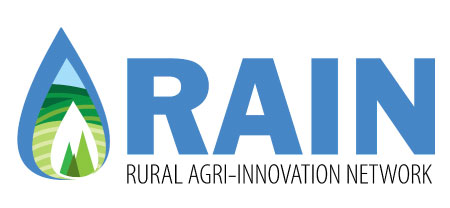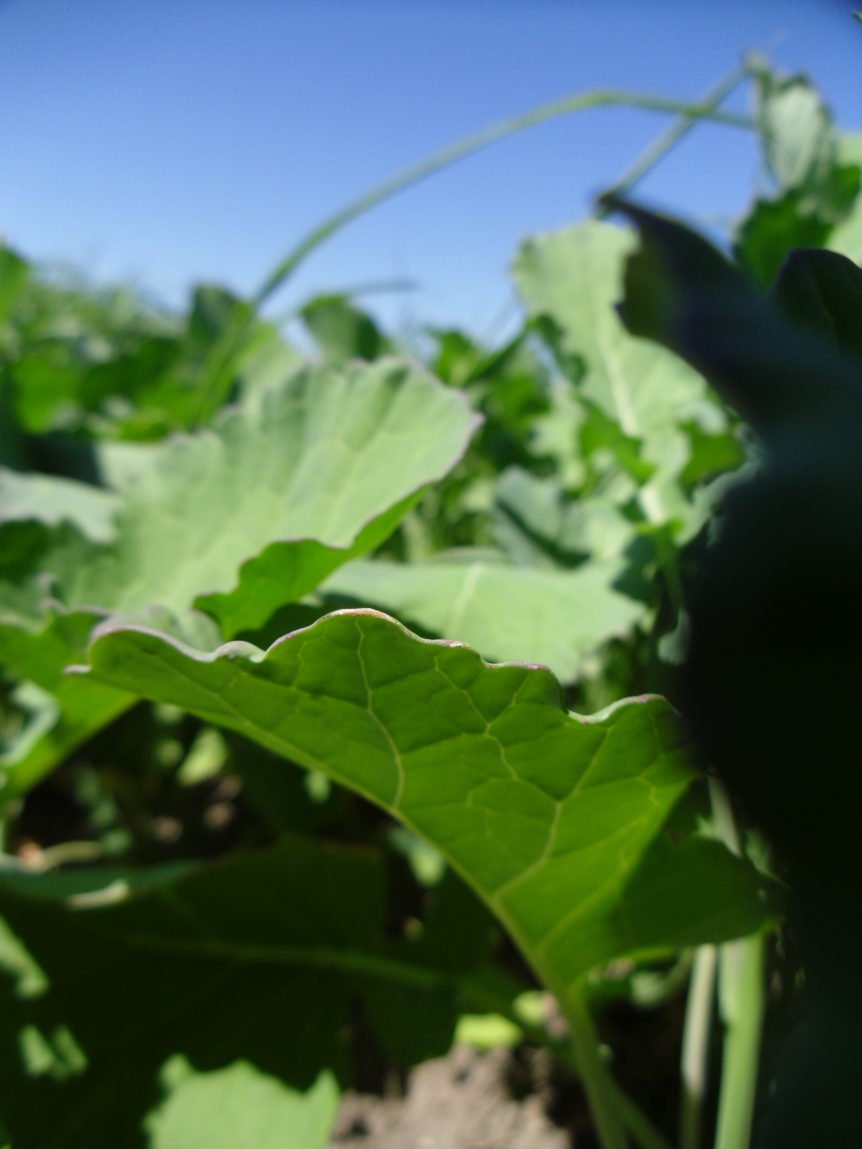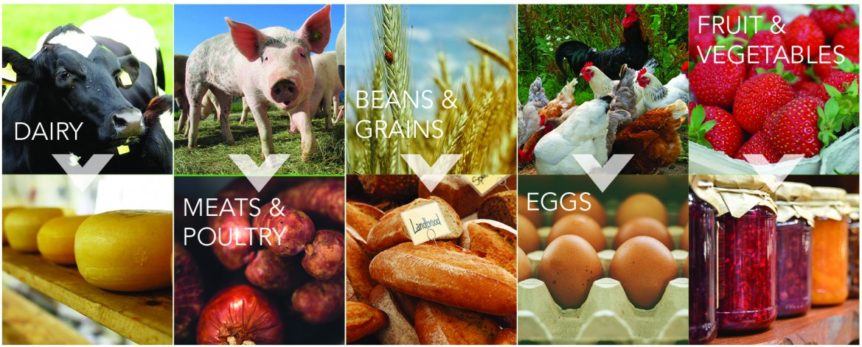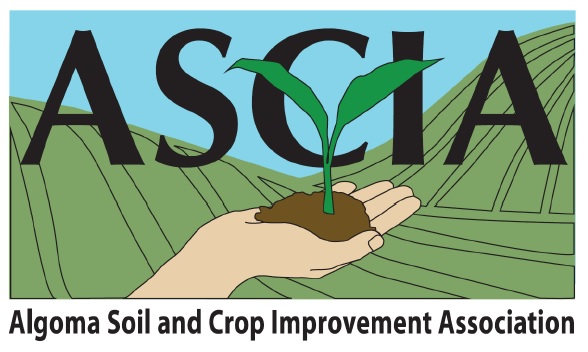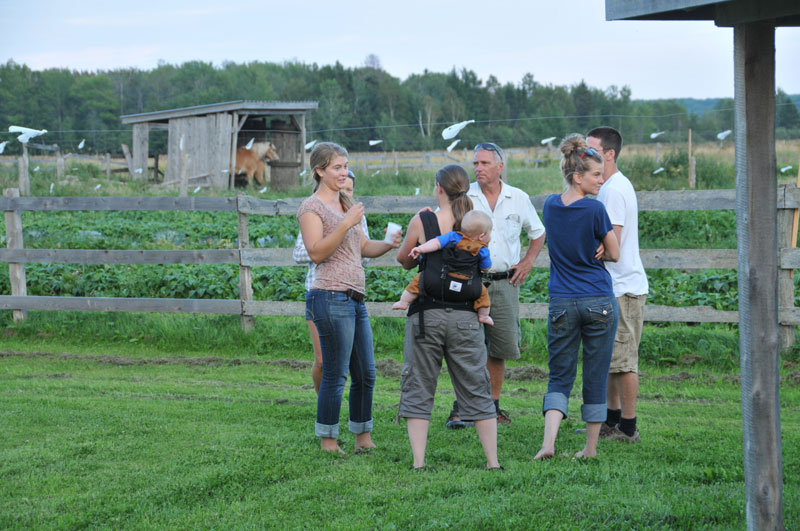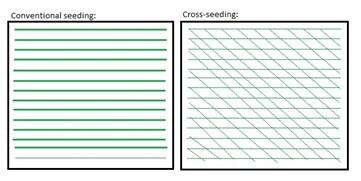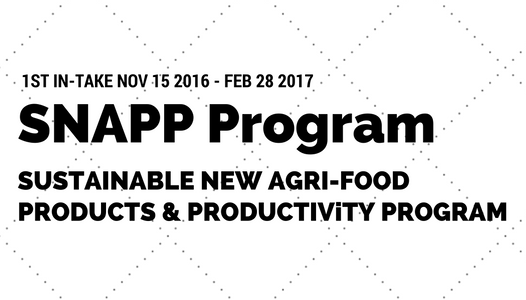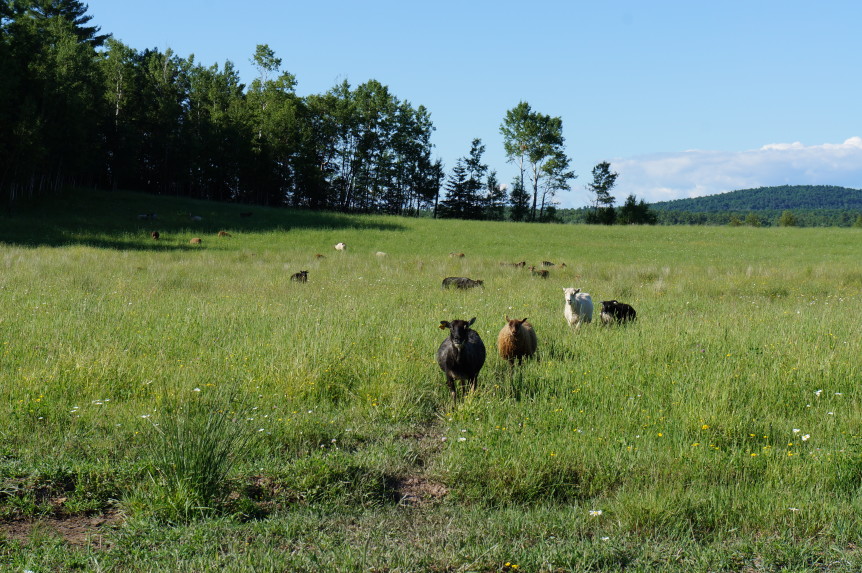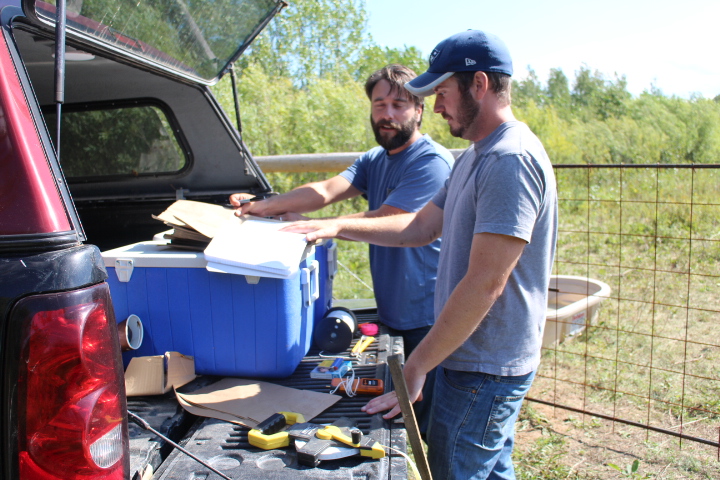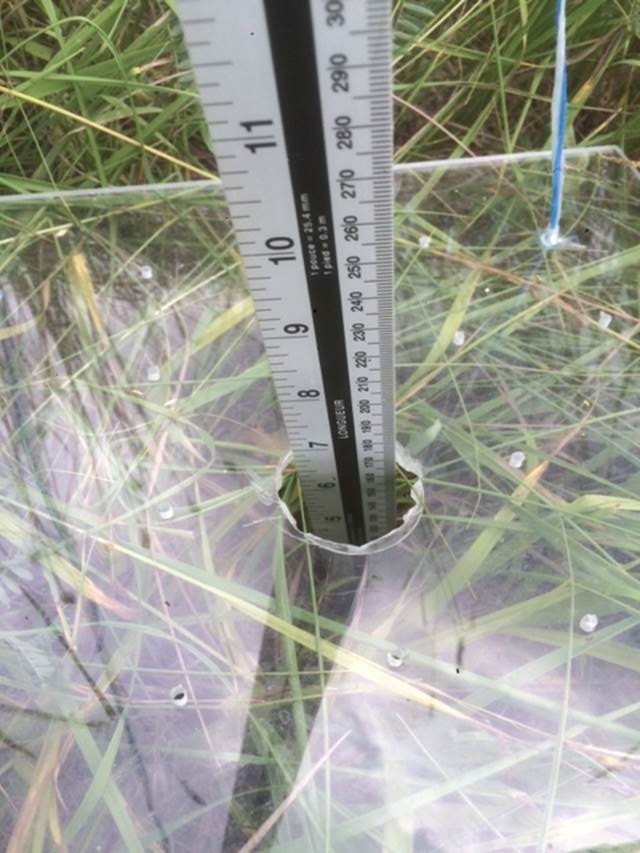Plants need sulphur to form amino acids, develop enzymes and vitamins, produce seeds, and make chlorophyll. Legumes also need sulphur for nitrogen fixation. Sulphur is most plant available as sulphate: SO4. Since the 1850s, air pollution provided enough sulphur for crop production in Ontario, except in the northwest. Recent initiatives to reduce air pollution have succeeded in addressing acid rain, …
Transition Smart: Producer to Processor Workshop (Feb 24 & 25)
Bruce Mines Community Hall, Bruce Mines, ON Friday Feb 24 9:00 a.m. – 4:30 p.m. / Saturday Feb 25 9:00 a.m. – 4:30 p.m. February 24th and 25th in partnership with the Agri-food Management Institute, the Rural Agri-Innovation Network/SSM Innovation Centre will host the Transition Smart: Producer to Processor workshop as part of the Next Generation North Program. An introduction …
RAIN Joint Advisory Committee/Research Steering Committee Meeting Minutes
24 November 2016 09:00 – 12:00 Laird Township Hall In attendance: David Thompson (RAIN Project Coordinator), Christine O’Reilly (RAIN Research Technician), Melissa Watson (RAIN Infrastructure Coordinator), Mikala Parr (RAIN Research Assistant), Jessica Laidley (RAIN CAFFE Project Coordinator), Edith Orr (Johnson Farmer’s Market/Market Gardener, Research Steering Committee), Gayle Broad (NORDIK Institute/RAIN Co-Chair), Arik Theijsmeijer (FedNor), Shawn Heard (East Algoma CDFC), Dave …
Assessing the best method to establish a cover crop following barley
The Algoma Soil and Crop Improvement Association conducted an on-farm assessment of establishment methods for a cover crop to follow barley. Located near Desbarats, the field was split into different treatments. Both areas were seeded with a forage mixture: 70% timothy, 25% double cut red clover and 5% Alsike clover. The front of the field was broadcasted into the growing …
Announcing Next Generation North
RAIN Launches New Program for Increased Success of Farm and Food Businesses Starting this Fall, the Rural Agri-Innovation Network (RAIN) has initiated a one-year program for farm and food businesses that are undergoing succession from one generation to the next or are starting a new farm or food venture. This program aims to increase the financial and planning abilities of …
Introducing RAIN’s new Cross-seeding Forages Project
According to the 2011 Census of Agriculture, 18.35% of Ontario’s grazed agricultural land is in the north. This combined total of rough and seeded pasture comprises nearly a third of northern Ontario’s agricultural land use. While rough pastures make use of native plants as forage, many farmers choose to sow domesticated grasses and legumes that produce a higher quality of …
Sustainable New Agri-Food Products & Productivity (SNAPP) Program Is Announced!
In partnership with FedNor, Northeast Community Network, Eat Local Sudbury and Cloverbelt Local Food Co-operative, the Rural Agri-Innovation Network (RAIN) will be coordinating a multi-year funding program for farm and food businesses in northern Ontario. The Sustainable New Agri-Food Products & Productivity Program (SNAPP) will provide a grant up to $5,000 at 75% cost share to purchase equipment for eligible …
RAIN and OMAFRA to host remote location for Forage Focus 2016
**NOTE: LOCATION HAS CHANGED!** We will be hosting a remote location to the Ontario Forage Council’s Forage Focus 2016 held in Shakespeare, ON. This year’s theme is “Recognizing the value of forages for profit and the environment”. Keynote speaker is Eric Young, Agronomist/Soil Scientist from The William H. Miner Agricultural Research Institute. Topics include “Best Forage Practices for the Crop, …
We are hiring!
The Central Algoma Food for Everyone (CAFFE) project is being led by the SSM Innovation Centre (SSMIC) / Rural Agri-Innovation Network (RAIN) in partnership with North Channel Poverty Awareness Network (NCPAN) to collaborate with North Channel communities and organizations. The project aims to strengthen food security through a food processing and education pilot project that engages community members, farms and …
Pasture Growth Summary 2016
by Mikala Parr, Research Assistant RAIN has been doing a weekly pasture walk starting on May 24th, 2016, and finishing on September 27th, 2016. During the walks, the grass was measured using a falling plate meter. The falling plate meter is a device used to estimate pasture forage yield. It measures bulk height, a combined measurement of grass height and …
